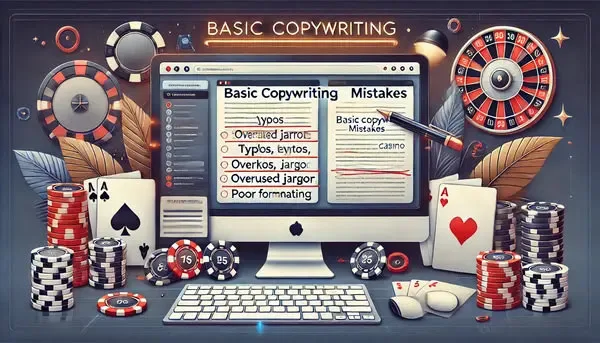
Elevate Your Copywriting: The Power of Actionable Language
Understanding the role of actionable language in copywriting is crucial for crafting compelling and effective marketing content. This linguistic strategy involves using verbs and phrases that prompt immediate action or response from the reader. It’s not just about telling your audience what your product can do; it’s about persuading them to take the next step, whether that’s making a purchase, signing up for a newsletter, or clicking on a link.
What is Actionable Language and How It Works
Actionable language serves as the driving force behind persuasive copywriting. It leverages action-oriented verbs and clear, concise instructions to engage the reader and encourage them to act. This approach turns passive readers into active participants, directly impacting the effectiveness of marketing campaigns. By incorporating specific calls-to-action (CTAs), marketers can guide their audience through the sales funnel, from awareness to conversion.
Why Using Actionable Language is So Important
In the realm of digital marketing, grabbing the attention of your audience is only the first step. The real challenge lies in keeping them engaged and guiding them towards making a decision. Actionable language is essential because it clearly communicates what you want the reader to do next, eliminating confusion and hesitation. This clarity boosts the chances of conversion, as readers are more likely to follow through when they understand the action expected of them.
Methods for Implementing Actionable Language
To effectively incorporate actionable language into your copywriting, start with strong, imperative verbs that compel action. Phrases like “Sign up now,” “Download the guide,” or “Get your free trial” are direct and leave no room for ambiguity. Additionally, understanding your audience and tailoring your message to their specific needs and desires can significantly enhance the persuasiveness of your copy. Testing different CTAs and analyzing their performance is also crucial for refining your approach and maximizing conversion rates.

Results of Using Actionable Language
The impact of actionable language on marketing efforts is clear and measurable. Websites and campaigns that utilize this approach often see higher engagement rates, increased conversion rates, and improved overall performance. Actionable language makes your content more compelling and user-friendly, contributing to a positive user experience and stronger customer relationships.
Successful Examples of Actionable Language in Copywriting
Many leading brands have mastered the art of actionable language, using it to great effect in their marketing campaigns. These examples not only inspire action but also highlight the brand’s value proposition, making it clear why the reader should take the desired action. Analyzing these success stories can provide valuable insights into how actionable language can be tailored to fit different brands and objectives.




